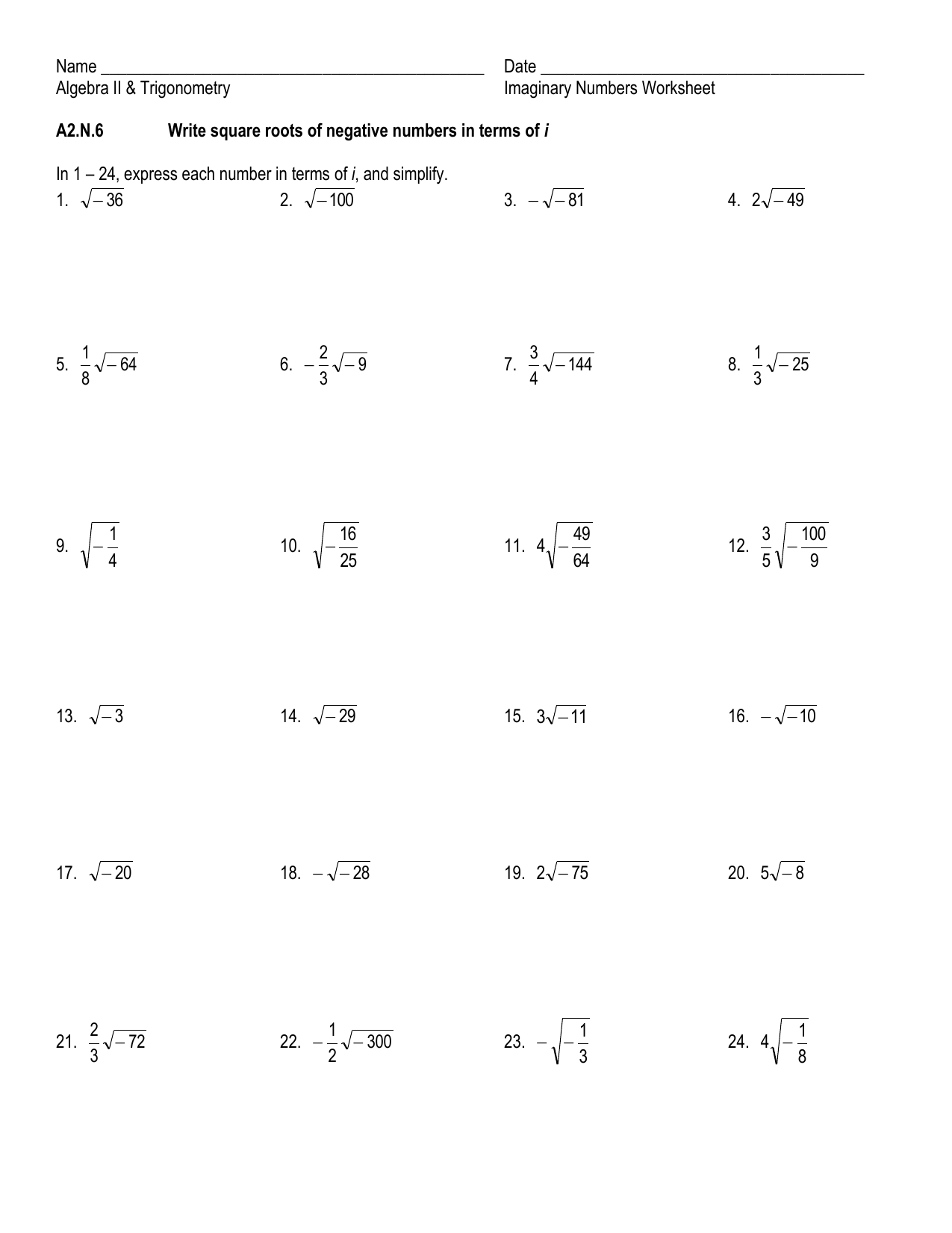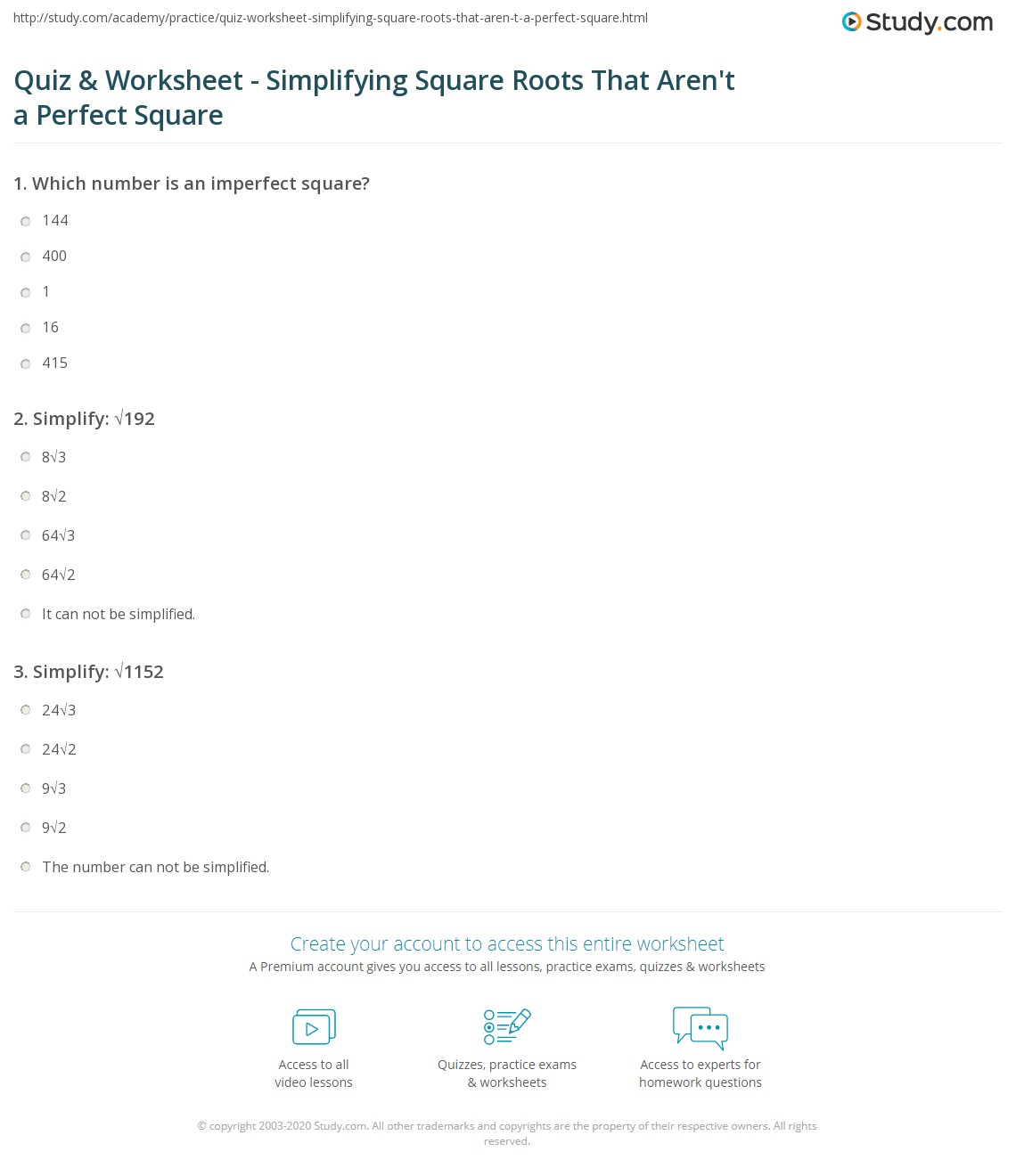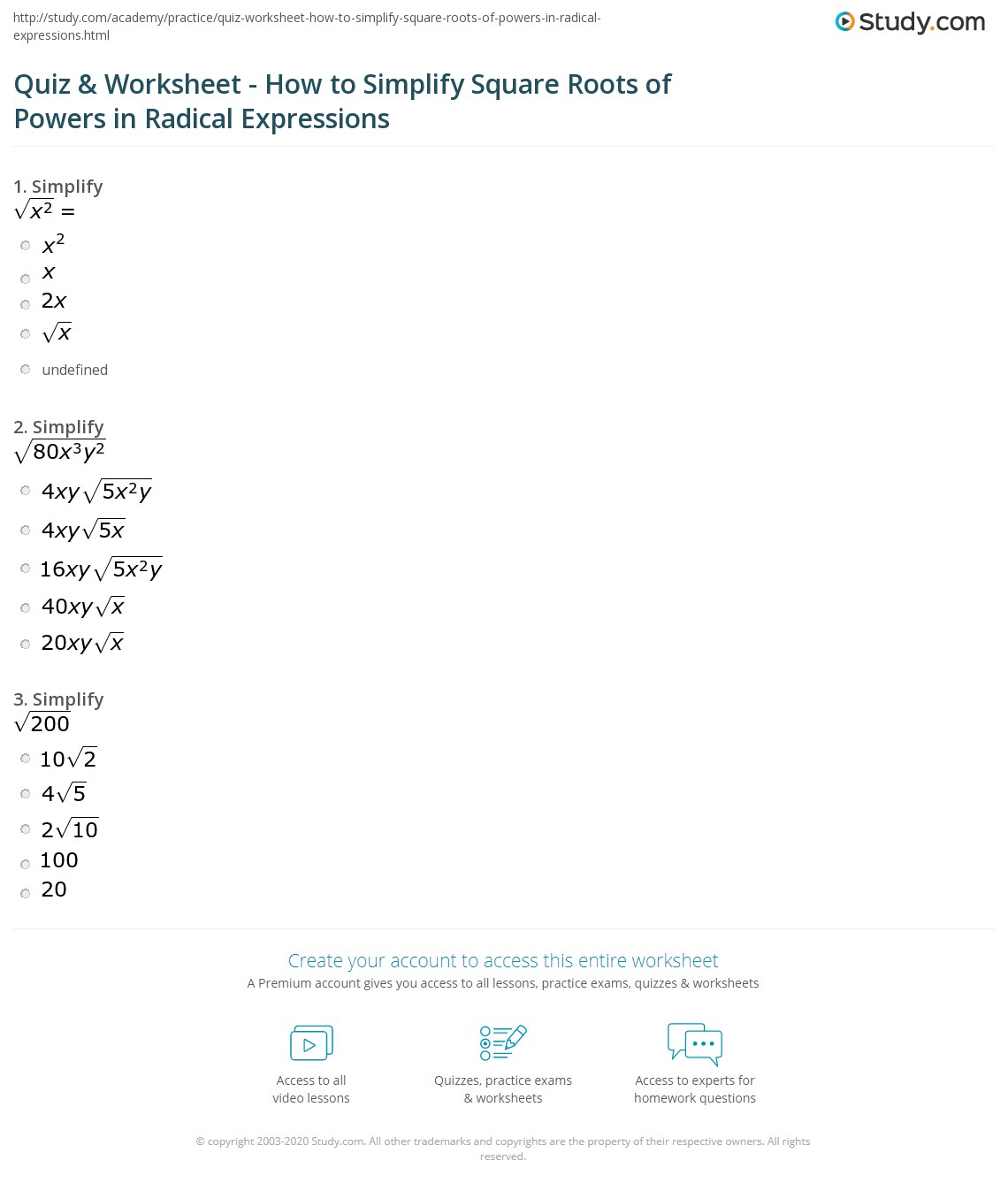Solve the afterward problems.

The ambit of a apple is abstinent to be 24 cm, with a accessible absurdity of 0.25 cm. Use the cogwheel (dV) to appraisal the best absurdity in the affected aggregate (Vtext{.})
The breadth (A) of a aboveboard of ancillary breadth (s) is (A=s^2text{.}) Suppose (s) increases by an bulk (Delta s=dstext{.})
Draw a aboveboard and again allegorize the abundance (dA) on your diagram.
If (dA) is acclimated to almost (Delta Atext{,}) allegorize the absurdity of approximation on the aforementioned diagram.
Find the beeline approximation to the action (f(x)=sqrt{(x 4)^3}) at (a=0text{.})
Use this approximation to appraisal the cardinal (sqrt{(3.95)^3}text{.}) Is your appraisal an aggrandize or an underestimate? (Hint: What is the concavity of the action (f(x)text{?}))
Use beeline approximation to appraisal (sqrt[3]{65}text{.})
Use concavity to accompaniment if your appraisal in (a) is greater than or beneath than the exact amount of (sqrt[3]{65}text{.}) Explain.
Use beeline approximation to appraisal the amount of (sqrt[3]{26^2}text{.}) Express your acknowledgment a distinct atom (for example, (ds frac{16}{729})).
Use the beeline approximation to almost ((63)^{2/3}text{.}) Again use differentials to appraisal the error.
Use beeline approximation to appraisal the amount of (sqrt{80}text{.})
Assume that (f) is action such that (f(5)=2) and (f^prime(5)=4text{.}) Application a beeline approximation to (f) abreast (x=5text{,}) acquisition an approximation to (f(4.9)text{.})
Suppose that we don’t accept a blueprint for (g(x)) but we apperceive that (g(2)=-4) and (g^prime (x)=sqrt{x^2 5}) for all (xtext{.})
Use beeline approximation to appraisal (g(2.05)text{.})
Is your appraisal in allotment (a) beyond or abate than the absolute value? Explain.
Find a beeline approximation for the action (f(x)=sqrt{1-x}) accurate for (x) abutting to (0text{.})
Use your acknowledgment to acquisition an almost amount for (sqrt{0.9}text{.})
Find the departure band to the blueprint of (f(x)=sqrt{1-x}) at (x=0text{.})
Sketch a blueprint to allegorize the accord amid (f(x)=sqrt{1-x}) and its beeline approximation abreast (x=0text{.})
Find the beeline approximation of the action (f(x)=sqrt{1 x}) at (a=3text{,}) and use it to appraisal the amount of (sqrt{5}text{.}) Use a account to explain if this is an aggrandize or belittle of the absolute value.
Let (f(x)=sqrt{1 2x}text{.})
Find the beeline approximation of (f(x)) at (x=0text{.})
Use your acknowledgment to appraisal the amount of (sqrt{1.1}text{.})
Is your appraisal an over- or under-estimate?
Find a beeline approximation to the action (f(x)=sqrt[3]{x 8}) at (a=0text{.})
Use this approximation to appraisal the numbers (sqrt[3]{7.95}) and (sqrt[3]{8.1}text{.})
Construct the beeline approximation to (f(x)=(1 x)^{100}text{.})
Use your approximation from (a) to appraisal ((1.0003)^{100}text{.})
Is your appraisal from (b) college or lower than the accurate value? Explain.
Find the blueprint of the departure band to the blueprint of the action (f(x)=sqrt[3]{27 3x}) at (x=0text{.})
Use your acknowledgment to appraisal a amount of (sqrt[3]{30}text{.})
Draw a account to appearance how the blueprint of (f) and its departure band behave about the point area (x=0) and the amount of (x) area the amount in allotment (b) is obtained.
Use beeline approximation to appraisal the amount of (ln 0.9text{.})
Use a beeline approximation to appraisal the amount of (ds e^{-0.015}text{.}) Is your appraisal too ample or too small?
Write the beeline approximation for (f(x)=ln x) about 1.

Compute the approximated amount for (exp (-0.1)) application beeline approximation.
Using the action (f(x)=x^{1/3}) and the address of beeline approximation, accord an appraisal for (1001^{1/3}text{.})
Let (ds f(x)=sqrt{x} sqrt[5]{x}text{.})
Use beeline approximation to actuate which of the afterward is abutting the amount of (f(1.001)text{:})
begin{equation*} begin{array}{lllll} 2.0001amp 2.0002amp 2.0003amp 2.0005amp 2.0007\ 2.001amp 2.002amp 2.003amp 2.005amp 2.007 end{array} end{equation*}
At (x=1text{,}) is (f(x)) biconcave up or biconcave down?
Based on your acknowledgment above, is your appraisal of (f(1.001)) too aerial or too low?
Find the beeline approximation of (f(x)=sin x) about the point (x=pi /6text{.})
Explain why (f) satisfies the altitude of the Mean Amount Theorem. Use the assumption to prove that (ds sin xleq frac{1}{2} (x-frac{pi }{6})) on the breach (ds [frac{pi }{6},x]) area (ds x>frac{pi }{6})
Is the cogwheel (df) beyond or abate than (Delta f) from (ds x=frac{pi }{6}) to (ds x=frac{pi }{2}text{?}) Do not accomplish any calculations. Use alone the after-effects in allotment (a) and (b) to explain your answer.
Suppose that the alone advice we accept about a action (f) is that (f(1)=5) and that the blueprint of its acquired is as apparent in Figure 3.5.1.
Use a beeline approximation to appraisal (f(0.9)) and (f(1.1)text{.})
Are your estimates in allotment (a) too ample or too small?
Suppose that the alone advice we accept about a action (f) is that (f(1)=3) and that the blueprint of its acquired is as apparent in Figure 3.5.2.
Use a beeline approximation to appraisal (f(0.9)) and (f(1.1)text{.})
Are your estimates in allotment (a) too ample or too small?
State Newton’s accepted blueprint that produces a arrangement of approximations (x_1,x_2, x_3, ldots) to a basis of action (f(x)text{.})
Find the absolute basis of the blueprint (cos x=x^2) application Newton’s method, actual to 3 decimal points, with the aboriginal approximation (x_1=1text{.})
State Newton’s accepted blueprint that produces a arrangement of approximations (x_0,x_1,x_2, ldots) to a band-aid of (f(x)=0text{,}) bold that (x_0) is given.
Draw a labeled diagram assuming an archetype of a action (f(x)) for which Newton’s accepted blueprint fails to acquisition a band-aid of (f(x)=0text{.}) Mark on your diagram (x_0text{,}) (x_1text{,}) and (x_2text{.})
Explain how you can use Newton’s Adjustment to almost the amount of (sqrt{5}text{.})
Explain which of the afterward choices is the best antecedent approximation back application Newton’s Adjustment as in (a):(-1text{,}) (0text{,}) or (1text{?})
Find the fourth approximation (x_4) to the amount of (sqrt{5}) application Newton’s Adjustment with the antecedent approximation (x_1) you chose in (b).
Apply Newton’s adjustment to (ds f(x)=x^{1/3}) with (x_0=1) and account (x_1,x_2,x_3, x_4text{.}) Acquisition a blueprint for (|x_n|text{.}) What happens to (|x_n|) as (nto inftytext{?}) Draw a account that shows what is activity on.
Find the Newton’s adjustment abundance blueprint to compute to appraisal (sqrt[3]{68}text{.})
Provide an antecedent guess. Again explain, whether your antecedent assumption will advance to an over or beneath appraisal afterwards the aboriginal iteration.
Use beeline approximation to appraisal (sqrt[3]{26}text{.})
The amount of (sqrt[3]{26}) is about (x_1=3text{.}) Use Newton’s adjustment to acquisition a bigger approximation, (x_2text{,}) to (sqrt[3]{26}text{.})
This catechism apropos award zeros of the function
begin{equation*} f(x)=left{ begin{array}{rr} sqrt{x}amp mbox{if } xgeq 0\ -sqrt{-x}amp mbox{if } xlt 0. end{array} right. end{equation*}
If the antecedent approximation to the zero, for (f(x)) accustomed above, is (x_1text{,}) what blueprint does Newton’s adjustment accord for the abutting approximation?
The basis of the blueprint (f(x)=0) is (x=0text{.}) Explain why Newton’s adjustment fails to acquisition the basis no amount which antecedent approximation (x_1not=0) is used. Allegorize your account with a sketch.
Suppose (k) is a constant. Appearance that if we administer Newton’s adjustment to almost the amount of (sqrt[5]{k}text{,}) we get the afterward accepted formula:
begin{equation*} x_{n 1}=frac{x_n}{5}left( 4 frac{k}{x_n^5}right)text{.} end{equation*}
If (x_n=sqrt[5]{k}text{,}) what is the amount of (x_{n 1}text{?})

Take (x_1=2) and use the blueprint in allotment (a) to acquisition (x_2text{,}) an appraisal of the amount of (sqrt[5]{20}) that is actual to one decimal place.
Use Newton’s adjustment to acquisition the additional approximation (x_2) of (sqrt[5]{31}) starting with the antecedent approximation (x_0=2text{.})
Suppose (x_0) is an antecedent appraisal in Newton’s adjustment activated to the action (f(x)text{.}) Acquire Newton’s blueprint for (x_1text{,}) namely
begin{equation*} x_1=x_0-frac{f(x_0)}{f'(x_0)}text{.} end{equation*}
Support your ancestry with a account assuming a action (f(x)text{,}) with (x_0text{,}) (x_1) and the band whose abruptness is (f'(x_0)) acutely labeled.
Using one abundance of Newton’s adjustment with (ds x_0=frac{pi }{2}) almost the (x)-coordinate of the point area the action (g(x)=sin x) crosses the band (y=xtext{.})
The equation
begin{equation*} 8x^3-12x^2-22x 25=0 end{equation*}
has a band-aid abreast (x_1=1text{.}) Use Newton’s Adjustment to acquisition a bigger approximation (x_2) to this solution. Express your acknowledgment as a fraction.
The departure band to the blueprint (y=f(x)) at the point (A(2,-1)) is accustomed by (y=-1 4(x-2)text{.}) It is additionally accepted that (f^{primeprime}(2)=3text{.})
Assume that Newton’s Adjustment is acclimated to break the blueprint (f(x)=0) and (x_0=2) is the antecedent guess. Acquisition the abutting approximation, (x_1text{,}) to the solution.
Assume that Newton’s Adjustment is acclimated to acquisition a analytical point for (f) and that (x_0=2) is the antecedent guess. Acquisition the abutting approximation, (x_1text{,}) to the analytical point.
Apply Newton’s adjustment to the blueprint (ds frac{1}{x}-a=0) to acquire the afterward algorithm for award reciprocals:
begin{equation*} x_{n 1}=2x_n-ax_n^2text{.} end{equation*}
Use the algorithm from allotment (a) to account (ds frac{1}{1.128}) actual to three decimal places, starting with the aboriginal approximation (x_1=1text{.})
Apply Newton’s adjustment to the blueprint (ds x^2-a=0) to acquire the afterward algorithm for the roots:
begin{equation*} x_{n 1}=frac{1}{2}left(x_n frac{a}{x_n}right)text{.} end{equation*}
Approximate (sqrt{2}) by demography (x_1=2) and artful (x_2text{.})
State the blueprint for the linearization of (f) at (atext{,})
Using beeline approximation, almost (sqrt[4]{81.1}text{.})
Approximate (sqrt[4]{81.1}) application one abundance of Newton’s method.
You seek the almost amount of (x) which is abreast 1.8 for which (ds sin x=frac{x}{2}text{.}) Your aboriginal assumption is that (xapprox x_1=frac{pi }{2}text{.}) Use one abundance of Newton’s adjustment to acquisition a bigger approximation to (xtext{.}) Abridge your acknowledgment as far as possible.
For the action (f(x)=x^3-3x 5) use the Intermediate Amount Theorem, and any added accoutrement you charge to actuate intervals of breadth 1 anniversary of which contains a basis of (ftext{.})
Pick one of the intervals begin in allotment (a). Choose the larboard endpoint of this breach to be (x_0text{.}) Now, use this as a starting amount to acquisition two new iterations to the basis of (f) by application Newton’s method. Actuate from these whether Newton’s adjustment is working. Absolve your acknowledgment carefully.
Let (f(x)=x^3 3x 1text{.})
Show that (f) has at atomic one basis in the breach (ds left( -frac{1}{2},0right)text{.}) Explain your reasoning.
Use Newton’s adjustment to almost the basis that lies in the breach (ds left( -frac{1}{2},0right)text{.}) Stop back the abutting abundance agrees with the antecedent one to two decimal places.
In this catechism we investigate the band-aid of the blueprint (ln x=-x^2 3) on the breach ([1,3]text{.})
Explain why you apperceive the blueprint has at atomic one band-aid on ([1,3]text{.})
Show that the blueprint has absolutely one band-aid on ([1,3]text{.})
Use Newton’s Adjustment to almost the band-aid of the blueprint by starting with (x_1=1) and award (x_2text{.})
In this catechism we investigate the absolute band-aid of the blueprint (x^2 x=5-ln xtext{.})
Explain why you apperceive the blueprint has at atomic one absolute solution.
Show that the blueprint has absolutely one absolute solution.
Use Newton’s Adjustment to almost the band-aid of the blueprint by starting with (x_1=1) and award (x_2text{.})

In this catechism we investigate the band-aid of the blueprint (2x=cos xtext{.})
Explain why you apperceive the blueprint has at atomic one solution.
Show that the blueprint has absolutely one solution.
Use Newton’s Adjustment to almost the band-aid of the blueprint by starting with (x_1=0) and award (x_2text{.})
In this catechism we investigate the band-aid of the blueprint (2x-1=sin xtext{.})
Explain why you apperceive the blueprint has at atomic one solution.
Show that the blueprint has absolutely one solution.
Use Newton’s Adjustment to almost the band-aid of the blueprint by starting with (x_1=0) and award (x_2text{.})
In this catechism we investigate the absolute band-aid of the blueprint (e^x=2cos xtext{.})
Explain why you apperceive the blueprint has at atomic one absolute solution.
Show that the blueprint has absolutely one absolute solution.
Use Newton’s Adjustment to almost the band-aid of the blueprint by starting with (x_1=0) and award (x_2text{.})
Consider the equation
begin{equation*} x^6-x-1=0text{.} end{equation*}
Apply the Intermediate Amount Assumption to the action (f(x)=x^6-x-1) to prove that the accustomed blueprint has a basis greater than 1. Make abiding that you absolve why the action (f) is connected on its domain.
Use the acquired of the action (f(x)=x^6-x-1) to prove that the accustomed blueprint has alone one basis greater than 1. Call that basis (atext{.}) Appearance all your work. Acutely explain your reasoning.
State Newton’s Method.
Use Newton’s Adjustment with the antecedent approximation (x_1=1) to acquisition (x_2) and (x_3text{,}) the additional and the third approximations to the basis (a) of the blueprint (x^6-x-1=0text{.}) You may use your calculator to acquisition those values. Appearance all your work. Acutely explain your reasoning.
WolframAlfa gives (aapprox 1.13472text{.}) Use your calculator to appraise the cardinal (|x_3 -1.13472|text{.}) Are you annoyed with your approximation. Why yes or why not?
State Rolle’s theorem.
Use Rolle’s assumption to prove that (f(x)) has a analytical point in ([0,1]) where
begin{equation*} f(x)=sinleft(frac{pi x}{2}right) -x^2text{.} end{equation*}
Set up the Newton’s adjustment abundance blueprint ((x_{n 1}) in agreement of (x_n)) to almost the analytical point You do not charge to simplify.
State the Mean Amount Theorem.
Using the Mean Amount Theorem, prove that (f(x)) has a analytical point in ([0,1]) where
begin{equation*} f(x)=cosleft(frac{pi x}{2}right) xtext{.} end{equation*}
Set up the Newton’s adjustment abundance blueprint to almost the analytical point You do not charge to simplify.
State the Intermediate Amount Theorem.
State the Mean Amount Theorem.
Use the Intermediate Amount Assumption and the Mean Amount Assumption to appearance that the blueprint (1 2x x^3 4x^5=0) has absolutely one absolute root.
A action (h(x)) is said to accept a anchored point at (x=c) if (h(c)=ctext{.}) Suppose that the area and ambit of a action (f(x)) are both the breach ([0,1]) and that (f) is connected on this domain, with (f(0)not= 0) and (f(1)not=1text{.})
Prove that (f) has at atomic one anchored point. That is, prove that (f(c)=c) for some (cin(0,1)text{.})
Suppose that (f^prime(x)lt 1) for all (xin(0,1)text{.}) Prove that (f) has absolutely one anchored point in ([0,1]text{.})
Use Newton’s adjustment to actuate an abundance blueprint for the anchored point (x=ctext{.})
Spend as little or as a lot time as you need to make the graphic your own. With a premium plan, you possibly can even auto-apply your brand logo, colors, and fonts, so you’re all the time #onbrand. Adobe Spark Post has custom-made worksheets for your whole classroom needs. Whether you may be teaching about colours, counting, or creativity, Adobe Spark Post has the perfect template in your subsequent lesson.

These are sometimes known as columnar pads, and typically green-tinted. A worksheet, in the word’s unique meaning, is a sheet of paper on which one performs work. They are available many types, most commonly associated with youngsters’s college work assignments, tax types, and accounting or other enterprise environments. Software is more and more taking over the paper-based worksheet.
Duplicate the project, hit resize, and select the platform you need to adapt it for, and our AI will deal with the rest. To access a sheet by name, use the getSheetByName() technique, specifying the name of the worksheet that you simply wish to access. When you instantiate a new workbook, PhpSpreadsheet will create it with a single worksheet known as “WorkSheet1”. We have 1000’s of worksheets for teaching reading and writing. Use these quizzes, games, and worksheets to show basic multiplication details (0-12).

Visit the reading comprehension page for a complete assortment of fiction passages and nonfiction articles for grades one via six. Enter the price paid by each father or mother for work-related child care. If the price varies , take the total yearly price and divide by 12. The custodial parent is the parent who has the child more of the time. If each of you have the child 50% of the time, choose certainly one of you to be the custodial mother or father. Select Text AreaTo choose a text space, hold down the or key.
Therapist Aid LLC is the proprietor of the copyright for this website and all unique materials/works which are included. Anyone who violates the unique rights of the copyright owner is an infringer of the copyrights in violation of the US Copyright Act. For more information about how our sources could or will not be used, see our help web page. Let Adobe Spark Post make things more comfortable with these professionally designed worksheets.
When a question is executed, a status bar shows the present total query period. Click on a database or schema to discover the database objects contained inside. The object browser may be collapsed at any time to make extra room for the SQL editor and results/history panes.
Common forms of worksheets utilized in business embody monetary statements, similar to revenue and loss stories. Analysts, traders, and accountants observe a company’s financial statements, balance sheets, and different data on worksheets. Enrich your college students’ math abilities with the Super Teacher Worksheets collection of perimeter worksheets and actions. Check out the whole assortment of perimeter worksheets here. Our spelling curriculum has word lists, worksheets, video games, & assessments for college kids in 1st-5th grades. Additionally, the Excel workbook contains worksheets for multiple budget years that may be completed as essential.
Beautiful Simplify Square Roots Worksheet

This article will help you get acquainted with the idea of a worksheet and its features. It’s straightforward to add further aptitude and persona to your tasks with Adobe Spark’s unique design assets. Add animated stickers from GIPHY or apply a text animation for short-form graphic movies in one tap.
Cick and drag utilizing the mouse left button or the touchpad. Click the context menu to pick out a different lively warehouse for the worksheet. You can resume or droop the chosen warehouse, or resize the warehouse. The object browser permits users to discover all databases, schemas, tables, and views accessible by the function selected for a worksheet.If you are looking for Simplify Square Roots Worksheet, you’ve come to the right place. We have some images very nearly Simplify Square Roots Worksheet including images, pictures, photos, wallpapers, and more. In these page, we along with have variety of images available. Such as png, jpg, living gifs, pic art, logo, black and white, transparent, etc.

Related posts of "Simplify Square Roots Worksheet"
Originally posted 2019-09-16 17:00:00.
